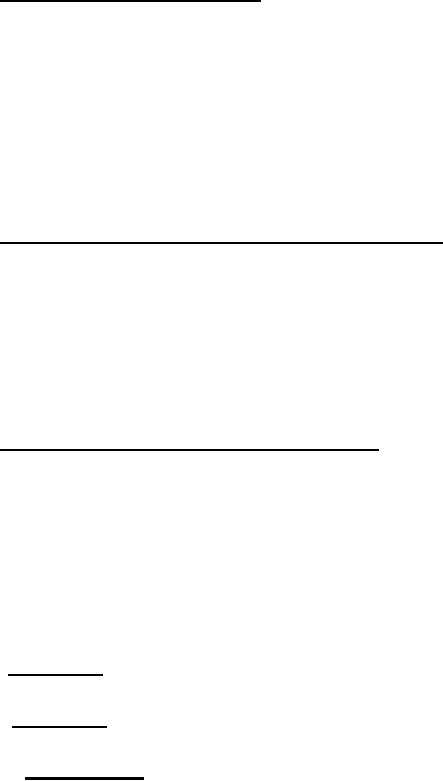 |
|||
|
|
|||
| ||||||||||
|
|  MIL-R-5757H
4.6.17 Resistance to soldering heat (see 3.19). Relays shall be tested in accordance with method 210
of MIL-STD-202. The following details and exceptions shall apply:
a. Depth of immersion in molten solder: Within .060 inch .020 inch (1.52 mm 0.51 mm) of the
relay base.
b. Test condition: B.
c. Measurements after test: Insulation resistance (4.6.6), static contact resistance (4.6.8.1),
specified pickup, hold, and dropout values (voltage or current)(4.6.8.2), and coil resistance (or coil
current as specified; see 3.1 and 4.6.8.3) shall be measured as specified.
d. Examination after test: As specified in 4.6.10e.
4.6.18 Salt spray or salt atmosphere (corrosion), MIL-STD-202 (see 3.20). Relays shall be tested in
accordance with method 101 of MIL-STD-202 unless otherwise specified (see 3.1). The following details
and exceptions shall apply:
a. Applicable salt solution: 5 percent.
b. Test condition: B.
c. Examination after test: Relays shall be examined for evidence of peeling, chipping, blistering of
the finish, and exposure of base metal due to corrosion that can adversely affect the operation or
performance of the relay.
4.6.19 Overload (applicable to high level relays only) (see 3.21). Relay contacts (both normally open
and normally closed) shall be subjected to the tests specified in 4.6.19.1 and 4.6.19.2, as applicable. For
double-throw relays, separate tests shall be performed for the normally open and the normally closed
contacts. Relay coil energization shall be nonsynchronous with the power supply for ac loads. The
number of cycles shall be 100 for dc contact loads, and 200 for ac contact loads ("on" and "off " times
shall be approximately equal). The coil shall be energized at rated voltage (or current). Overload
current shall be twice rated load current. The opening and closing of all contacts under test shall be
continuously monitored to detect switching of the contacts. The equipment shall be capable of
monitoring 40 percent minimum of the actual opened and closed time of each contact. The equipment
shall automatically cut off when a failure occurs, or shall record any failures. The relay case shall be
connected to system ground through a normal-blow fuse rated at 5 percent of the test current or 100 mA,
whichever is greater. After the test, the fuse shall be tested for electrical continuity.
4.6.19.1 Resistive load. Suitable noninductive resistors shall be used. Cycling rate shall be 20 cycles
per minute (cpm) 2 cpm.
4.6.19.2 Inductive load. Cycling rate shall be 10 cpm 1 cpm. Inductive load testing shall be
approved by the qualifying activity (see 6.10).
4.6.19.2.1 Inductive load, dc. Unless otherwise specified (see 3.1), dc inductive loads shall be
computed in accordance with the following procedure:
a. The relay shall be mounted in its normal operating position on a nonmagnetic plate with no
immediately adjacent metal.
36
|
|
Privacy Statement - Press Release - Copyright Information. - Contact Us |